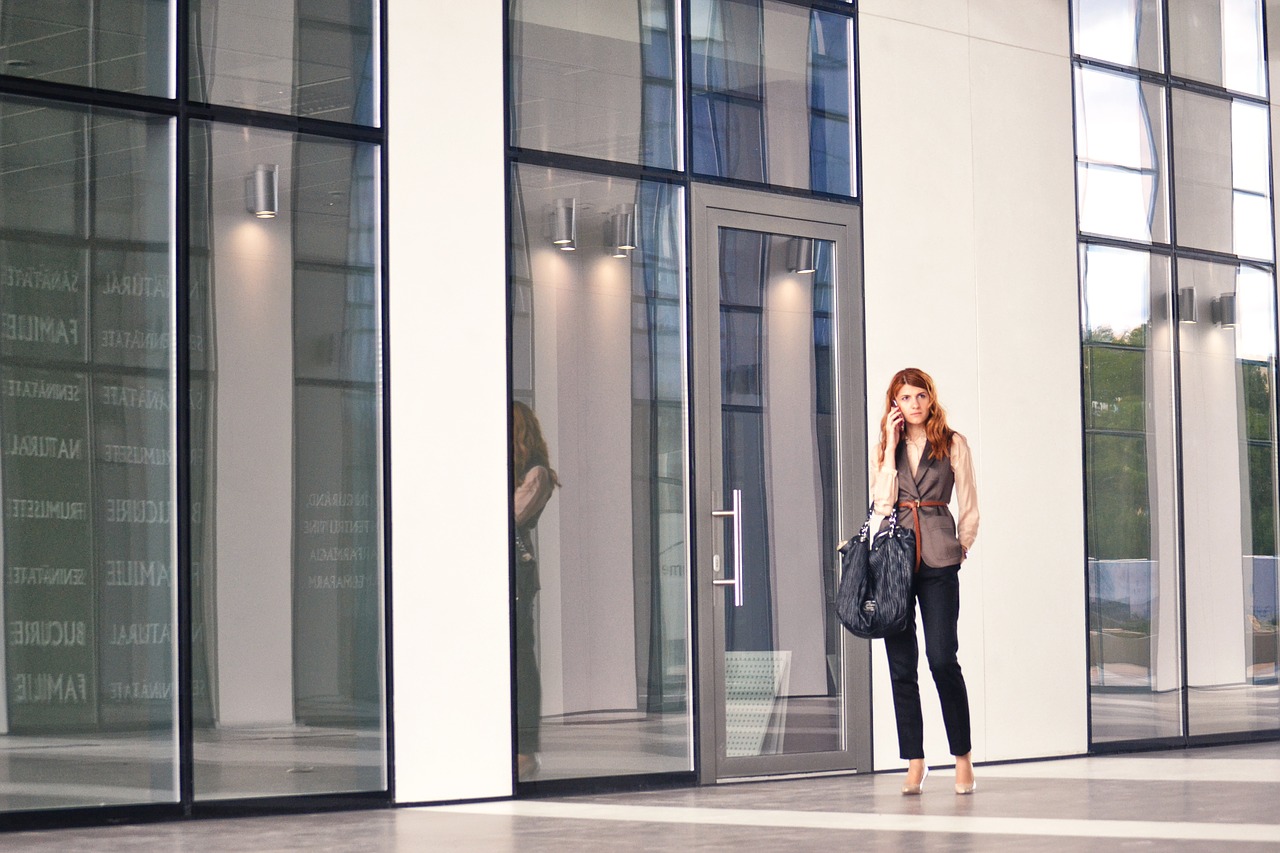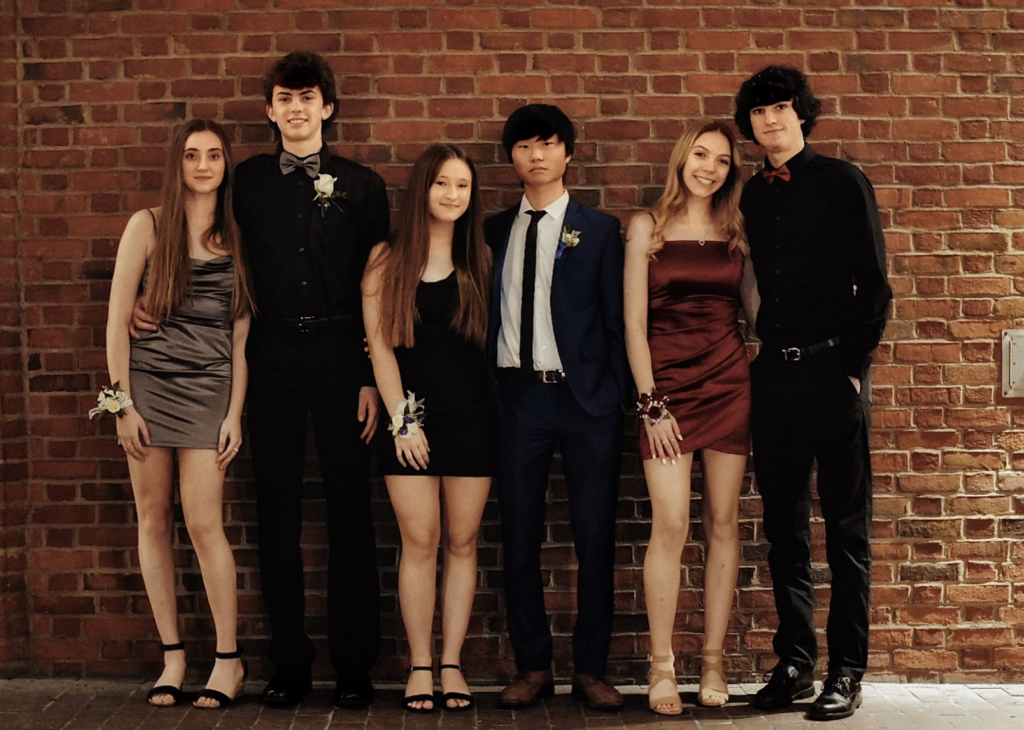Urban Portraits – Get Lost in a City
When we're talking Urban Portraits, we're not referring to street photography per se, but something altogether different – these are planned, posed and less about the candidness you'd expect from street photography.
Being in the city means endless possibilities for backdrops and ideas which can create some really dynamic and imaginative portraits that you can only find on the streets.
With different cities of different ages means the styling of architecture and backgrounds can really vary and the quality of light too. Some more modern cities with many office and corporate buildings will offer a totally different feel to those with some older styles and streets – this isn't just buildings themselves but other small details like lampposts, signs and even things like street art.

There's something about a city location which offers so much more than other locations cannot – there's a certain energy and emotion found in cities and this can be transferred to your photoshoot.
Find a Location that Rocks
This is going to be the first thing on the list and as you'd expect, it's an important one. If you know the city well, then great, use your knowledge of streets, alleys, public gardens, bridges etc. If on the other hand, you don't know it well then you'll need to scout the location.
Technology can also lend a hand – Google Street view for example, is a great example of having a look at the types of locations and areas before you even go there yourself.

Light – What Type and How to Use it
Yes, light is super important and you need to be aware of it. Simply crossing the street or heading down a block means light can look really different – sometimes buildings or trees are blocking or diffusing it.
Reflections
When the light is strong and there's a lot of glass buildings around, look at how the light is reflecting and think about how you can use this for your shoot and incorporate it within your composition. Keep an eye of how the light is changing strength and color throughout the course of the day.
As usual, avoid harsh midday sun, unless you've got it well-diffused or blocked altogether under shelter, you might want to grab a bite to eat and plan the afternoon at this stage?

Dawn/Dusk – Choose your Time
Later in the day watch out for deep and darkened blue skies to take advantage of, as well as the golden morning rays streaming through between buildings (look out for East/West streets) – sometimes the reflecting and bouncing light can really be an absolute pleasure to work with, so grab it while you can.
For the “perfect” tones and shades during this part of the day you'll want to work fairly quickly to ensure you can the maximum time and benefit of the late or early sun and because it's always softer, this will be reflected in your urban portraits.
Mix colors
Use the natural environment to great shots that you can only get in cities. Look out for street art, graffiti and bright signs – often cities will use bright primary colors.
Alternatively, if you're shooting at night or early evening, try mixing up flash gels and your camera's white balance so that the outer “ambient” light differs from the area lit up by the flash.

Clem Onojeghuo
Gear to Have for Photographing Urban Portraits
Shooting with a Wide Aperture Lens
If you've got yourself a zoom lens with a nice wide aperture (f/2.8 for example) then try shooting nice and wide some of the time – it'll allow maximum light into your camera and if this affects the exposure in a negative or way which is over-exposed, consider a neutral density filter.
This way there's no compromise regarding your desired depth of field. Aside from this, you're more likely to get a flattering softer look.

Tripod?
Not a great idea, it's best to keep this at home – for a start they will hinder/limit your flexibility and style, secondly, there can be local regulations with tripods – possibly a permit.
Use your camera's highest “usable” ISO limit to get the shutter speed you want, use light modifiers if you need to, or try moving location (providing it's not too late in the day).
Some Flash
You can't always rely on natural light. That's exactly the point an external flash will come in handy. Of course, that's not everything, you'll want to have a wireless remote trigger and receiver, a light stand, boom arm and bracket and a form of a diffuser, whether that be a softbox, umbrella (don't forget the sandbag!) or something more portable like a Flashbender.
These, along with any other modifications like strobes, gels and grids will also come in handy – always depends on what kind of shoot you intend to and at what time (i.e. day or night).
Urban Portraits – Top Takeaways
- Remember to have a plan about what kind of location you're after and if there are multiple, to plan ahead so that there's a logical route to going between them – you've got to be always thinking about the quality of the available light!
- Keep your gear to the essentials and only carry extra if you think you're definitely going to use it. The lighter you travel, the better (unless you've got an assistant or two, then they can do the heavy lifting (literally)).
- Analyze your surroundings, even if you know them like the palm of your hand – there's always something new that “wasn't there before” or that you just didn't notice before. This also refers to where the light falls down a particular street – especially dawn and dusk.
Further Resources
- Urban and City Photography by Lightstalking
- Natural Light Portraiture: How To Succeed, Every Time by Jason D. Little
- How to Use a Reflector for Better Outdoor Portraits by Rachael Towne
- 7 Ways To Improve Your Outdoor Portraits by Amber Ketchum
Further Learning
Getting your photos in Lightroom to look like you want them to requires some practice, a little skill and some study – but you know what, it's easily possible to make your “okay” looking shots into something seriously “wow”.
Check out how the Power of Lightroom Presets can get you started on your way to producing stunning results in post production.






1 Comment
Rule one – risk yours and your models life on a raileay track.
Yes it may be abandoned but some people will use working lines having been inspired.